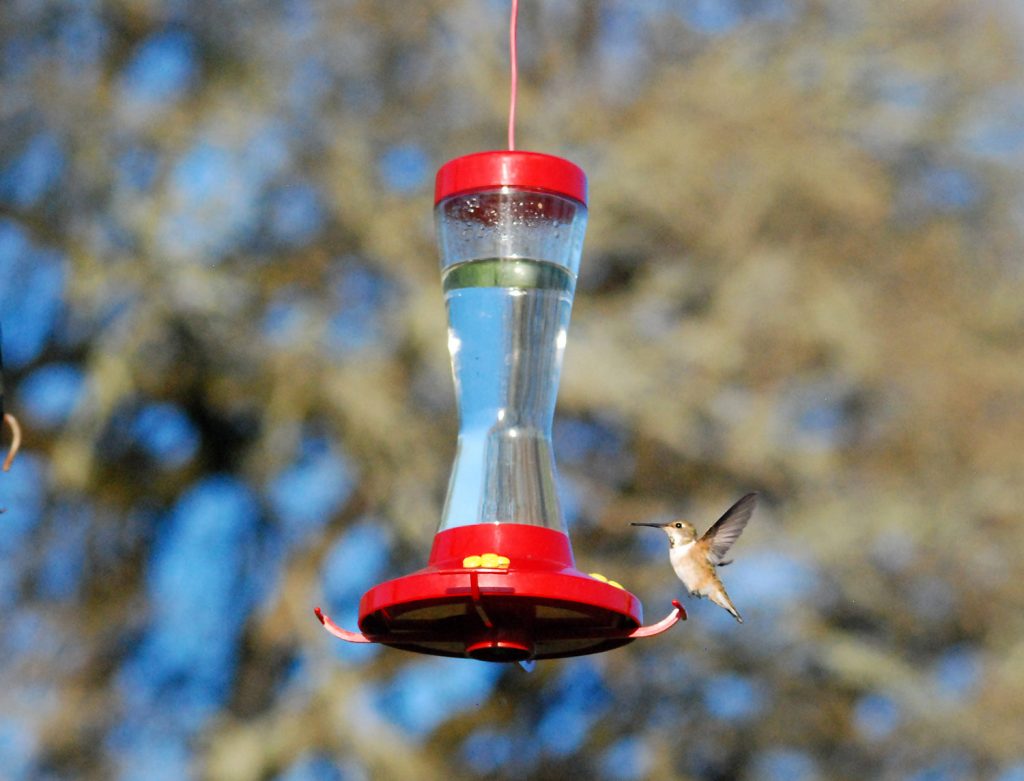
Nutrients & Energy Basic Atoms & Molecules of Life


Nutrients & Energy Objectives
-
Describe animal nutrient and energy requirements, including their availability in food sources.
-
Provide the characteristics of water as well as how animals gain and lose water.
-
Discuss the animal need for water as well as the structures and behaviors related to water management.
Animals need to eat other organisms and most have to eat specific organisms to survive.
This section introduces why animals need to eat other organisms: to obtain nutrients and energy.
Nutrients cycle through the ecosystem, including the bodies of organisms.
Caring for animals means providing adequate nutrients, often from a variety of foods.
Goats are classified in Family Bovidae, sharing ancestry and structural characteristics with cows and sheep. Cows and sheep graze on low-lying grass plants, but goats are browsers that eat higher plant materials, including branches and fruit.
Goats are fed hay and prepared diets that include a large amount of fiber.
Supplemental fruits and vegetables add nutrient diversity.
Hummingbirds get most of their energy from sugar in nectar. Anna’s Hummingbird (Calypte anna) has expanded in population size and distribution along the west coast of the U.S, largely due to its ability to utilize bird feeders.
Hummingbirds get a range of nutrients from consuming more than just the sugar and water provided in feeders.
This feeder supplies a range of additional nutrients.
Calcium is a key nutrient for bone growth, nervous system function, and egg development.
Mark demonstrates a technique to enhance calcium in bird diet.
Water Management
We all know water is critical for life. This section explains why that’s the case.
Basics on the properties of water and water balance in animals.
In this guide’s media assignment, you are developing a feeding plan for an animal. Water is a key component to add to your plan.
If developing a larger-scale plan like a wildlife garden, a continual water source is an important element.
Zoo animals often have reduced energy expenditure, but may live in high regional temperatures with minimal cover.
Consider habitat features, weather, and activity levels when developing a watering strategy for animals.
A common misconception is that camels store water in their hump (or humps). Camels do not store water and the hump is largely fatty tissue. A hypothesis is that fat on the back reduces fat on the rest of the body which can insulate and raise body temperature, a disadvantage in hot climates.
Start Your 5A Media Assignment here
Feeding Plan
For this assignment you will be developing a feeding plan for an animal species of your choice. This can be a farm animal, a pet, or a wild animal that is being fed, like the hummingbirds. This can be an animal you are currently caring for, have cared for in the past, or may care for in the future.
Include in the plan you are submitting:
-
the common and scientific name (Genus species) of your animal.
-
the animal’s functional classification (herbivore, carnivore, omnivore) and what the animal (or its ancestors) eats/ate in the wild.
-
a list of the food(s) you need to provide on a regular basis to supply the animal’s required nutrients and energy sources. This list may vary by season, age of the animal, or reproductive stage. It can include recipes and cite resources with additional information, if desired.

The next section describes how nutrient cycle and energy flows within a food web.

Check your knowledge. Can you:
-
describe animal nutrient and energy requirements, including their availability in food sources?
-
provide the characteristics of water as well as how animals gain and lose water?
-
discuss the animal need for water as well as the structures and behaviors related to water management?



